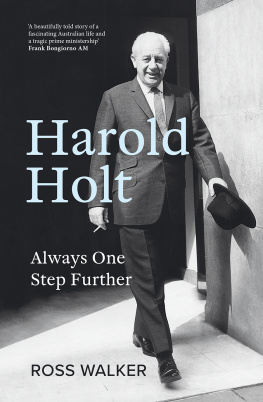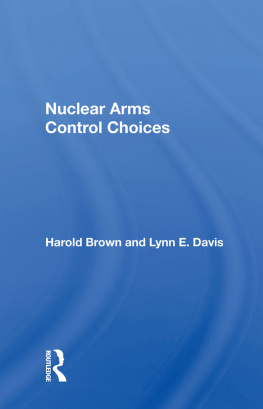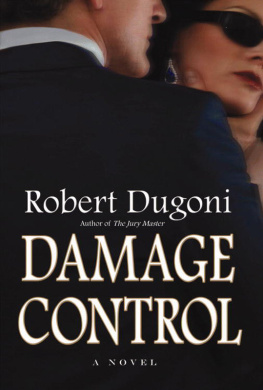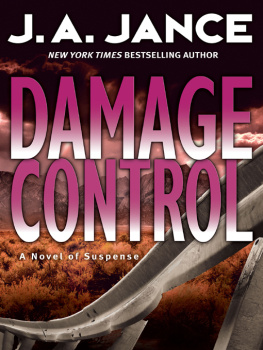Physical Control, Transformation and Damage in the First World War
For my sons, Oliver and Isaac:
You are my heroes.
Physical Control, Transformation and Damage in the First World War
War Bodies
Simon Harold Walker
Contents
Private Broadhead and his surprise bedfellow, sketch by William Broadhead
This book examines the processes by which British male civilians became soldiers during the First World War. It contributes to the historiography on the British experience of the war by placing the human body at the centre of the analysis and considering the impact of bodies under the control and care of the British army. It expands upon the sociological literature of the body by establishing how these theoretical concepts are evident within the empirical research. Through an analysis of official records and publications, it explores how the state sought to transform the male civilian body for military purposes. A significant aspect of this research stems from the personal experiences of the men who served by painstaking consideration of their letters, diaries and oral testimonies.
This research illustrates that the body was a core concern for the British military as well as being central in perceptions of physical worth within British society during the First World War. Between 1914 and 1918 British mens bodies were assessed, categorized, improved, damaged, recovered, repaired and destroyed. From enlistment to the end of service, soldiers bodies were repurposed for the pursuit of victory as the British military and the government focused on constructing, conditioning and controlling the bodies of regular, territorial, volunteer and conscript soldiers. In a letter to his mother, Lieutenant Godfrey classified the war as a different existence altogether and indeed it was for many men whose bodies became fitter, healthier and more skilled, while paradoxically also allowing them to resist military control, be wounded, harm their own bodies and die. This work, therefore, explores the male military body within the chaos of the First World War, not simply as a faceless man in uniform but as an individual whose war body was a site of conflict focused upon the struggle for agency, indoctrination and military action.
This book would not have been possible without the kind generosity of my PhD funding from the Economic and Social Research Council. I also gratefully acknowledge the support of Bloomsbury Publishing and my editors Laura and Rhodri for putting up with my inability to reply to emails. Thanks also go to Dr Emma Newlands and Professor Matt Smith for their constant support, with special thanks to Dr Emily Mayhew, Professor Joanna Bourke and Dr Clare Makepeace whose work and support have been inspirational in the creation of this book. I also owe much to my reviewers whose thoughtful guidance and kind words gave me the courage to finish. Thanks also go to the staff at the Imperial War Museum, The National Archives, The Scottish National Archives, the St Andrews Special Collections, Sheffield City Archives and Local Studies Library and, the Wellcome Trust Library. Special thanks also go to staff at the Kings Own Scottish Borders Regimental Museum, Mr Adam Culling at the Royal Army Physical Training Corps Museum, Major Charley Whitely at the 101 (Northumbrian) Regiment RA Museum and Paul Evans at the Royal Artillery Museum. Much of the original research omitted from my thesis has returned within War Bodies with the hope you will appreciate the findings presented. I must thank my dear friends Rachel Hewitt, Rowena Hutton, Elena Romero Passerin, Jack Nyhan, Louise Bell and Jasmine Wood, who reviewed various versions of this book and were always kind, supportive and inspiring. Additionally, thanks to my family: Fiona, Neil, Dulcie, Harold, Lyn, my sons Oliver and Isaac, and Pond, my constant puppy writing companion. You all shared the impossible task of keeping me going; this is as much your book as mine. Thanks also to Simon and John for keeping me sane during the painful task of editing; those heists helped more than you know. I am also so grateful to my amazing fiance Emily. You were my sounding board and greatest critic, as ruthless with a red pen (and Mario Kart) as you are generous with your heart. Finally, while I did not have the chance to personally know the men whose experiences form the basis of this book, they have become an important part of my life. I could never fully understand what you saw, felt and did, but for a brief time I was honoured to shadow you over the top. To Lieutenant Godfrey, Private Purvis, Second Lieutenant W. Lindsay and so many others, I say thank you for the chance to retell your stories; I hope I got them right.
| AMAB | Army Medical Advisory Board |
| AMS | Army Medical Service |
| ASC | Army Service Corps |
| ATA | Army Temperance Association |
| AWOL | Absent Without Leave |
| BMJ | British Medical Journal |
| BEF | British Expeditionary Force |
| CB | Confined to Barracks |
| CO | Conscientious Objector |
| CO | Commanding Officer |
| DCM | District Court-Martial |
| GOC | General Commanding Officer |
| IMS | Indian Medical Service |
| IWM | Imperial War Museum |
| JRAMC | Journal of Royal Army Medical Corps |
| MO | Medical Officer |
| MOH | Medical Officers of Health |
| NCO | Non-Commissioned Officer |
| POW | Prisoner of War |
| RAMC | Royal Army Medical Corps |
| RFC | Royal Flying Corps |
| TNA | The National Archives |
In 1917, 19-year-old Lieutenant Godfreys experience of the First World War was not unique, the experiences that he described in his private papers are echoed repeatedly in the accounts of thousands of men who experienced similar trials and tribulations as they served their country between 1914 and 1918. Godfreys words succinctly encapsulated the reality of serving during the First World War as mens bodies were recruited, assessed, categorized, adapted, improved, organized, wounded, praised and rejected over the course of the war between 1914 and 1918. It is this association between the First World War and the British soldiers body that this book considers while questioning who held control over the transforming bodies as these men became, not always entirely willingly, soldiers.
Having joined up in 1915, Godfrey was eventually dispatched to the Western front to take charge of a labour company bound for Mt Kemmel. His letters home and diary entries invoke images of the adventures typical of a British soldier during the First World War. Within these pages he described marching, basic training, sleeping in shared and single officer billets and being disgusted with frequently insanitary conditions such as when he passed through the filthiest port I have ever seen.British soldier during the course of the First World War. As Godfrey himself stated, the physical experience of the war was like a completely different world. Men found their bodies transformed and changed while also losing control over them as they were harnessed and dispatched for combat. By the end of the war, no individual mans body returned in the same condition in which it had left. Damaged, transformed or destroyed, the scars of the First World War bore deep physically and psychologically after long periods of service and hardship that placed the British male body at the centre of the conflict.











